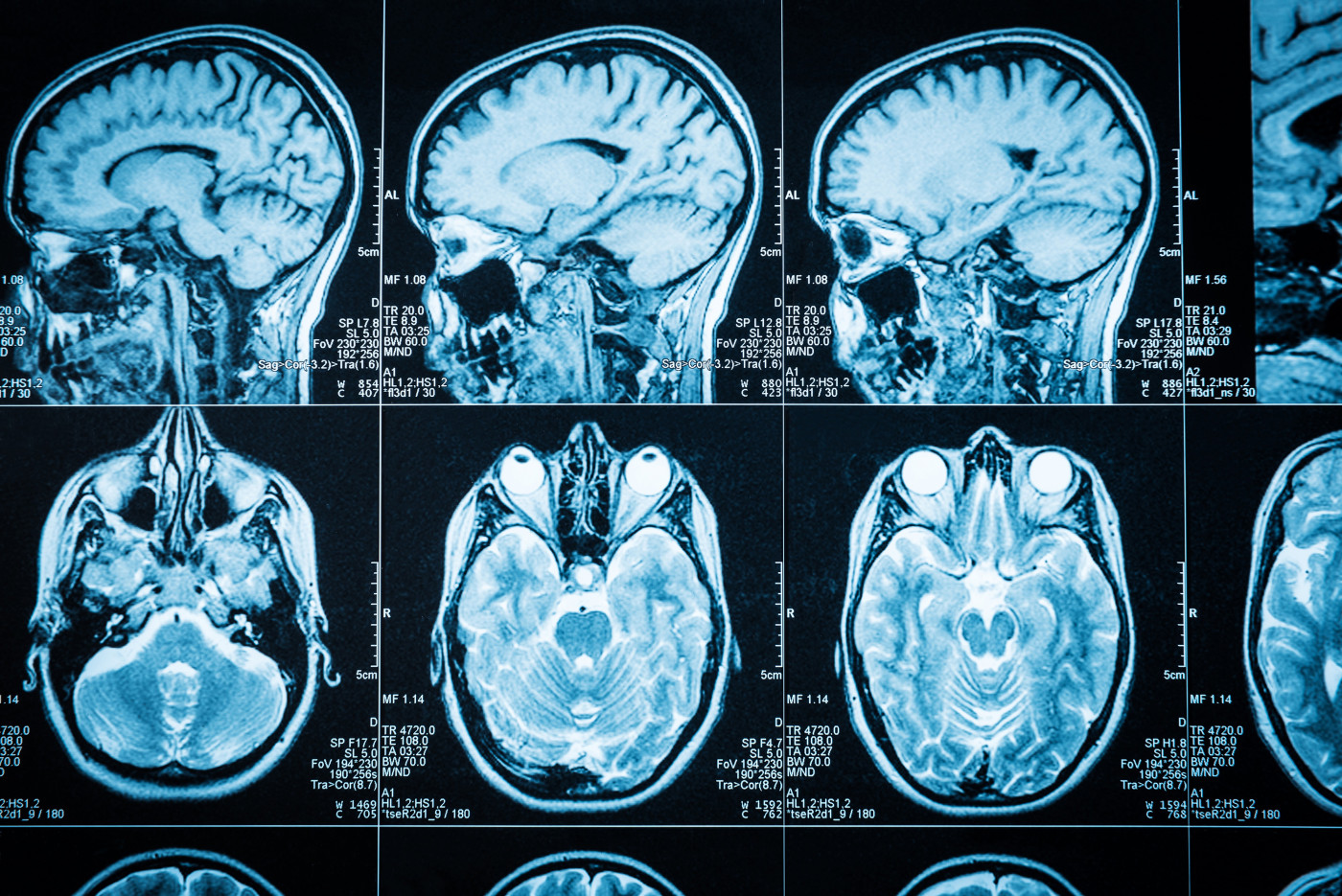Aubagio, Tecfidera Show Comparable Effectiveness in Relapsing MS, Real-world Phase 4 Trial Finds
Written by |

Aubagio (teriflunomide) seems to be superior to Tecfidera (dimethyl fumarate) in slowing whole brain shrinkage in patients with relapsing multiple sclerosis (MS), a new Phase 4 clinical trial shows. However, Aubagio and Tecfidera have similar beneficial effects in achieving other clinical goals and magnetic resonance imaging (MRI) parameters, including the number of brain lesions.
The research article reporting the findings, “Comparative effectiveness of teriflunomide and dimethyl fumarate in patients with relapsing forms of MS in the retrospective real-world Teri-RADAR study,” was published in the Journal of Comparative Effectiveness Research.
Head-to-head comparisons of different oral disease-modifying therapies for MS, regarding treatment effectiveness and safety, are limited.
Aubagio (marketed by Sanofi Genzyme) and Tecfidera (marketed by Biogen) are approved disease-modifying treatments for MS; they share several characteristics. Both are to be taken orally every day, and both have been evaluated in Phase 3 randomized, placebo-controlled clinical trials: Aubagio was assessed in the TEMSO (NCT00134563) and TOWER (NCT00751881) trials, and Tecfidera in DEFINE (NCT00420212) and CONFIRM (NCT00451451) trials.
Overall, in these trials, both therapies were effective over two years in reducing annualized relapse rate (ARR), and the risk of 12-week confirmed disability worsening. Using MRI, both therapeutics reduced the number of new or enlarging active lesions.
Join the MS forums: an online community especially for patients with MS.
However, since these trials were not designed to compare Aubagio and Tecfidera, the many differences between them make it difficult to directly compare specific results.
That’s why a team led by researchers at the University of Buffalo, the Providence Multiple Sclerosis Center, and Sanofi Genzyme, performed a Phase 4, real-world, clinical trial called Teri-RADAR to assess the effectiveness of Aubagio and Tecfidera on brain lesions and volume in RRMS patients.
To do so, researchers examined anonymized patient data — in which the patient cannot be identified — collected across several MS centers in the U.S. A total of 100 MS patients were enrolled, aged 18–65 years. Of these, 50 were treated with Aubagio, and 50 with Tecfidera for at least three consecutive months.
The team looked at patients’ demographics, Expanded Disability Status Scale (EDSS) scores (a measure of disability), relapse and hospitalization data, and MRI scans of the brain.
Three main time-points were analyzed, based around the date of first use of the disease-modifying therapy (index date): pre-index (18 months to 6 months prior to the index date), index (6 months before to 2 weeks after the index date), follow-up (9–30 months after the index date for clinical data, and 9–24 months after the index date for MRI data).
The primary outcome measure in Teri-RADAR was the proportion of patients with new or enlarging T2 or active lesions on the follow-up MRI, compared with the index MRI. Of note, T2 is a technical term used for a specific MRI method; a T2 MRI image provides information about disease burden or lesion load (the total amount of lesion area, both old and new).
Results showed that, at the follow-up time-point, the proportion of patients with new/enlarging T2 lesions was 30% in the Aubagio group versus 40% in the Tecfidera group. This difference, however, was not statistically significant.
Researchers also examined whole brain volume changes from trial start to finish. They assessed the annualized percent brain volume change (PBVC), and annualized percent lateral ventricle volume change (PLVVC) — a secondary measure of PBVC.
Results showed that annualized PBVC was significantly lower with Aubagio compared to Tecfidera — a median change of 0.1 less compared to 0.5 less, respectively.
Also, the proportion of patients with annualized whole brain volume loss (atrophy, or shrinkage) greater than an established clinical cutoff for disease-relevant brain loss was significantly smaller with Aubagio compared to Tecfidera — 25.9 vs 58.6%, respectively.
In contrast, differences between annualized PLVVC were small and not statistically significant.
These results suggested that Aubagio was better than Tecfidera in slowing whole brain atrophy.
Regarding other clinical measures — such as the number of relapses, annual relapse rate, EDSS scores — none showed a significant difference between the Aubagio and Tecfidera groups. Also, no unexpected safety-related events were reported.
Overall, the results suggested that the two therapies had a comparable effectiveness on several MRI and clinical endpoints (goals), yet Aubagio had a greater beneficial effect on whole brain atrophy measures.
The team also emphasized that these community-based, real-world, clinical research studies “may become the standard for comparative efficacy research…in a setting that more genuinely reflects patient and clinician experiences,” they wrote.





